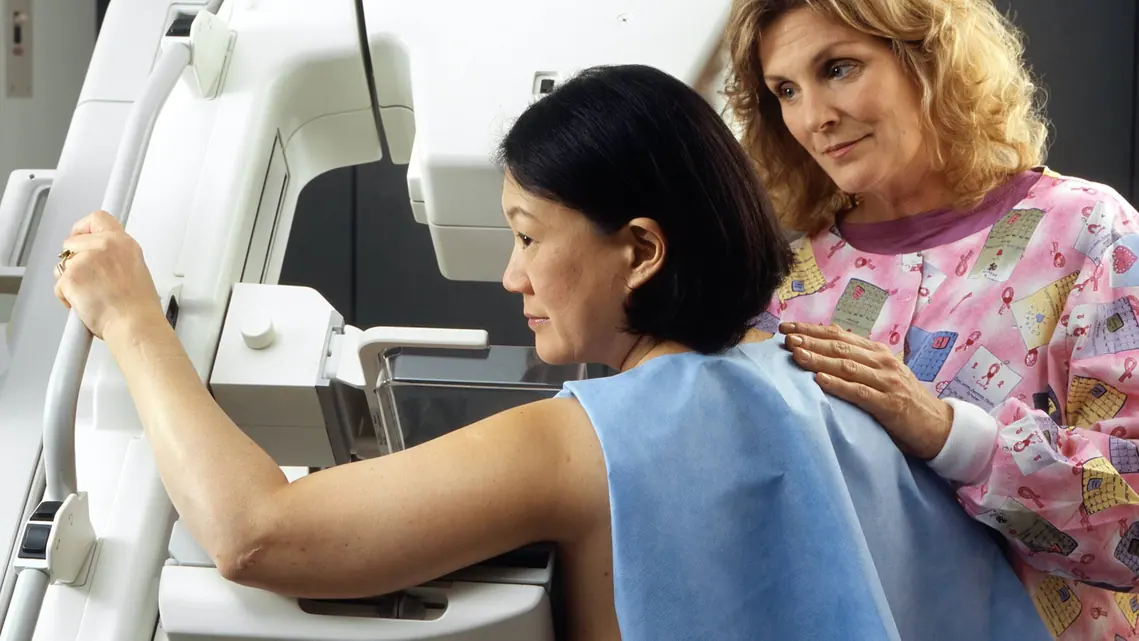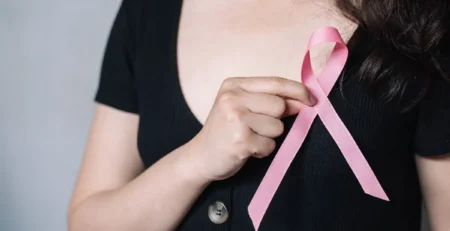Spotting trouble: 10 red flags that could signal breast cancer
With October observed as Breast Cancer Awareness Month, an expert details out what you must look out for to detect breast cancer early
Women over 40 are recommended to go for regular mammography for prevention and early detection of breast cancer,
Women over 40 are recommended to go for regular mammography for prevention and early detection of breast cancer, (Unsplash/National Cancer Institute)
By Dr. Swati Suradkar

Breast cancer continues to be a pervasive issue among women globally, with a particularly high prevalence in developing countries like India. It stands as the most common cancer, constituting nearly 25% of all female cancers in India’s urban areas. Traditionally associated with women over the age of 40, breast cancer is increasingly being diagnosed in younger individuals as well. Detecting breast cancer in its early stages offers a high likelihood of complete cure, and screening mammography plays a crucial role in achieving this. It is essential for all women to remain vigilant and familiarize themselves with potential warning signs and symptoms of breast cancer. Here are 10 signs to look out for:
Lumps in the breast: A significant indicator of breast cancer is the presence of a lump in the breast. Although not all breast lumps are cancerous, any newly discovered painless lump should be thoroughly investigated to rule out the possibility of breast cancer. Cancerous lumps are often irregular in shape, immobile, and firm to the touch, usually devoid of pain. In some cases, these lumps can vary in size and texture, presenting as hard masses or thickened areas. It’s crucial for individuals to conduct regular self-examinations, feeling for any abnormal lumps or changes in the breast tissue.
Prompt reporting of any findings to a healthcare professional is essential for early detection and timely intervention. Additionally, routine screenings such as mammograms and ultrasounds, play a crucial role in detecting and confirming the presence of these lumps, enabling appropriate diagnosis and treatment planning.


